Museo del Té Areumdaun (Beautiful Tea Museum) (아름다운 차박물관)
1.4Km 2025-04-22
Insadong-gil 19-11, Jongno-gu, Seúl.
El Museo del Té Areumdaun es un espacio multicultural y comprende una galería que invita a descubrir obras de porcelana realizadas por jóvenes artistas, una tienda que propone alrededor de 110 tipos de té de diferentes países como Corea, China, Japón, Taiwán, Sri Lanka, India y países de Europa, y un salón para degustar un buen té. La sala de exposiciones se divide en tres secciones destinadas respectivamente a Corea, China y el Tíbet. Allí se exponen diversos estilos de servicios de té para tener una impresión de las características del arte del té de cada país. Asimismo, jóvenes artistas organizan exposiciones y ventas. El museo expone cerca de 130 tipos de té, podrá comprar o degustar diferentes variedades como té clásico, té verde, té azul, té negro, té a las hierbas, té a las flores, etc.
Areumdaun Cha Bangmulgwan (Beautiful Tea Museum) (아름다운차박물관)
1.4Km 2025-05-27
19-11, Insadong-gil, Jongno-gu, Seoul
In addition to gourmet restaurants, traditional tea houses are a popular destination in Insa-dong. Among them, we recommend Areumdaun Cha Bangmulgwan, where you can taste more than 100 types of tea, including Korean, Chinese, Japanese, and Taiwanese. The shop also serves as a museum and gallery. Enjoy a leisurely cup of tea as you appreciate the art that is on display.
Yangbandaek (양반댁)
1.5Km 2025-05-14
19-18, Insadong-gil, Jongno-gu, Seoul
Rakkojae Seoul Bukchon Hanok Hotel [Korea Qaulity] / 락고재 서울 북촌 한옥호텔 [한국관광 품질인증/Korea Quality]
1.5Km 2021-10-27
49-23, Gyedong-gil, Jongno-gu, Seoul
The main building in Seoul is a traditional Korean cultural space renovated by Jeong Yeong-jin, a human cultural asset, from a hanok with a history of 130 years. Traditional flags, fences, pavilions, chimneys, and jangdokdae are holding the blue sky with pine trees, creating a harmonious Korean-style house. Passing through the elegant tall gate, as you see the jangdokdae, a small but clean hanok will be revealed, and the pine trees and bamboo trees added to the natural beauty, while the loving Gomusin placed on the stone brings back beautiful memories.
Rakkojae is a place where the customs of the aristocrats in the past are melted in various places, creating a wonderful atmosphere by carefully reviving the pavilion, ponds, and daecheongmaru. Especially, Daecheongmaru adds the beauty of the margins of hanok to give you a sense of refreshment. As the old scholars did, sitting on the pavilion makes the time flow slow and the wind that passes over the Sotdae feels special.
In addition, you can experience the beauty of Korean tradition with various programs such as tea ceremony, jjimjilbang, royal robes, and kimchi-making along with traditional Korean food. Rakkojae's accommodation, reminiscent of a nobleman's house in the Joseon Dynasty, is well-kept and comfortable that it is comparable to a luxury hotel, and the natural jade-covered ondol rooms and firewood jjimjilbangs made of cheongito provide a healthy journey for many guests.
Onion (Sucursal de Anguk) (어니언 안국)
1.5Km 2024-04-18
Gyedong-gil 5, Jongno-gu, Seúl
Aldea Tradicional de Bukchon (북촌한옥마을)
1.5Km 2025-04-02
Gyedong-gil 37, Jongno-gu, Seúl
Bukchon era la aldea de la clase noble en la antigüedad. Todas las casas tradicionales de la clase alta siguen preservándose hasta el momento, conservando sus estilos arquitectónicos. Solo había unas treinta casas en la antigüedad, pero la zona se desarrolló tras la Guerra de Corea. La Aldea Tradicional de Bukchon es una zona de viviendas tradicionales, que ha compartido los 600 años de historia con los palacios que se encuentran en sus cercanías, como Gyeongbokgung y Changdeokgung, y el Santuario de la Realeza Jongmyo. Las calles del barrio son estrechas y curvadas como ramas de árboles, lo cual demuestra el paisaje urbano, típico del lugar. Hoy en día, estos lugares transmiten indirectamente un ambiente de la época de Joseon, mediante restaurantes de comida coreana, centros culturales, etc. El nombre de la aldea, Bukchon, en el que buk significa "norte" y chon significa "aldea"), fue acuñado por estar ubicado al norte del arroyo Cheonggyecheon y de Jongno. Está formada por las calles Wonseo-dong, Jae-dong, Gye-dong, Gahoe-dong e Insa-dong, y en tiempos antiguos residían allí los altos funcionarios o los miembros de la realeza.
Horario de acceso a la Red Zone (alrededores de la calle Bukchon-ro 11-gil, unos 34.000 ㎡):
- Horario de acceso prohibido: Desde las 17:00 hasta las 10:00 del día siguiente.
- En caso de infracción por acceso en horario prohibido, se impondrá una multa de 100.000 wones.
- Vigencia: A partir del 01/03/2025.
Ilpum Garden (일품가든)
1.5Km 2021-03-30
109-10, Seosomun-ro, Jung-gu, Seoul
+82-2-3789-7295
This is a restaurant where you can taste both shabu-shabu (sliced meat and vegetables boiled in water) and roasted meat. This Korean dishes restaurant is located in Jung-gu, Seoul. The representative menu is shabu-shabu.
Amdwaeji Oyangsikgwan (암돼지오양식관)
1.5Km 2021-03-19
11, Jong-ro 11-gil, Jongno-gu, Seoul
+82-2-737-8088
A barbecue specialty restaurant located in Jongno, Seoul. The most famous menu is grilled pork belly. Skin-on pork belly is actually the same as grilled pork belly BBQ.
The Plaza (더 플라자)
1.5Km 2025-06-04
119, Sogong-ro, Jung-gu, Seoul
The hotel is ideally situated in the center of Seoul, located close to many office areas, major banks, the hotel, and the city's main public transportation junctions. Namdaemun Gate and many shopping areas are not too far, making it convenient for business guests and tourists alike. Also, the hotel faces the Blue House and the former City Hall building directly at closer distance, completing a spectacular view over Seoul.
Kkotpineun Sangol (꽃피는산골)
1.5Km 2021-03-26
17, Jong-ro 11-gil, Jongno-gu, Seoul
+82-2-735-7963
A restaurant frequented by office workers in Jongno after work. This Korean dishes restaurant is located in Jongno-gu, Seoul. The most famous menu is seafood and green onion pancake.
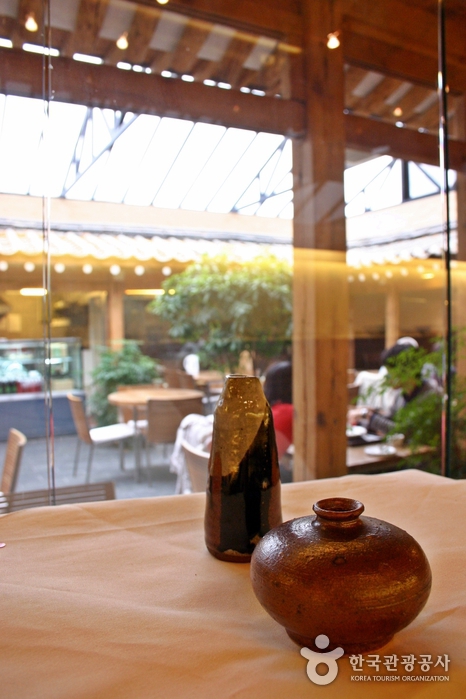

![Rakkojae Seoul Bukchon Hanok Hotel [Korea Qaulity] / 락고재 서울 북촌 한옥호텔 [한국관광 품질인증/Korea Quality]](http://tong.visitkorea.or.kr/cms/resource/40/2698240_image2_1.jpg)
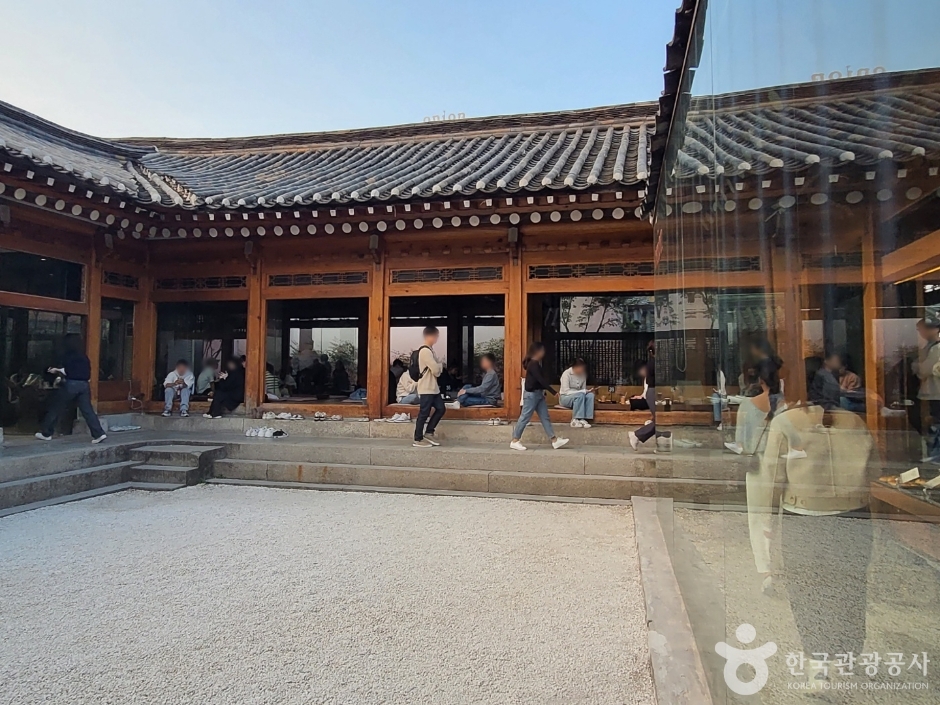
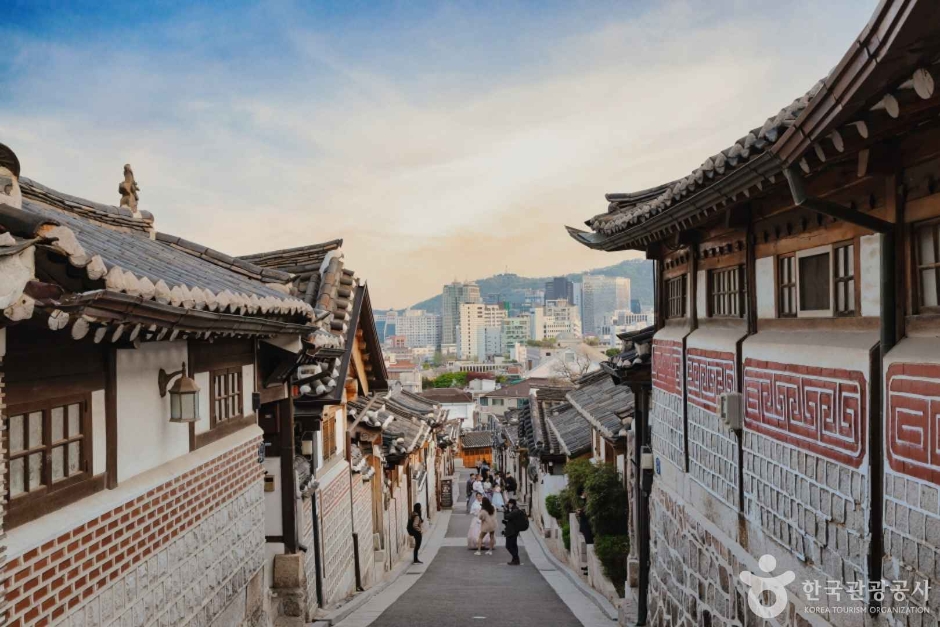
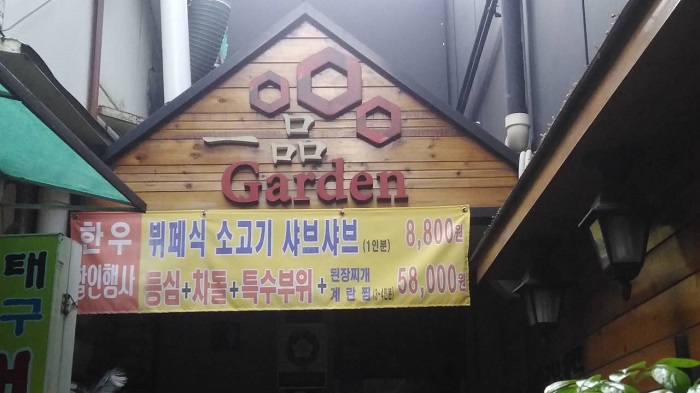
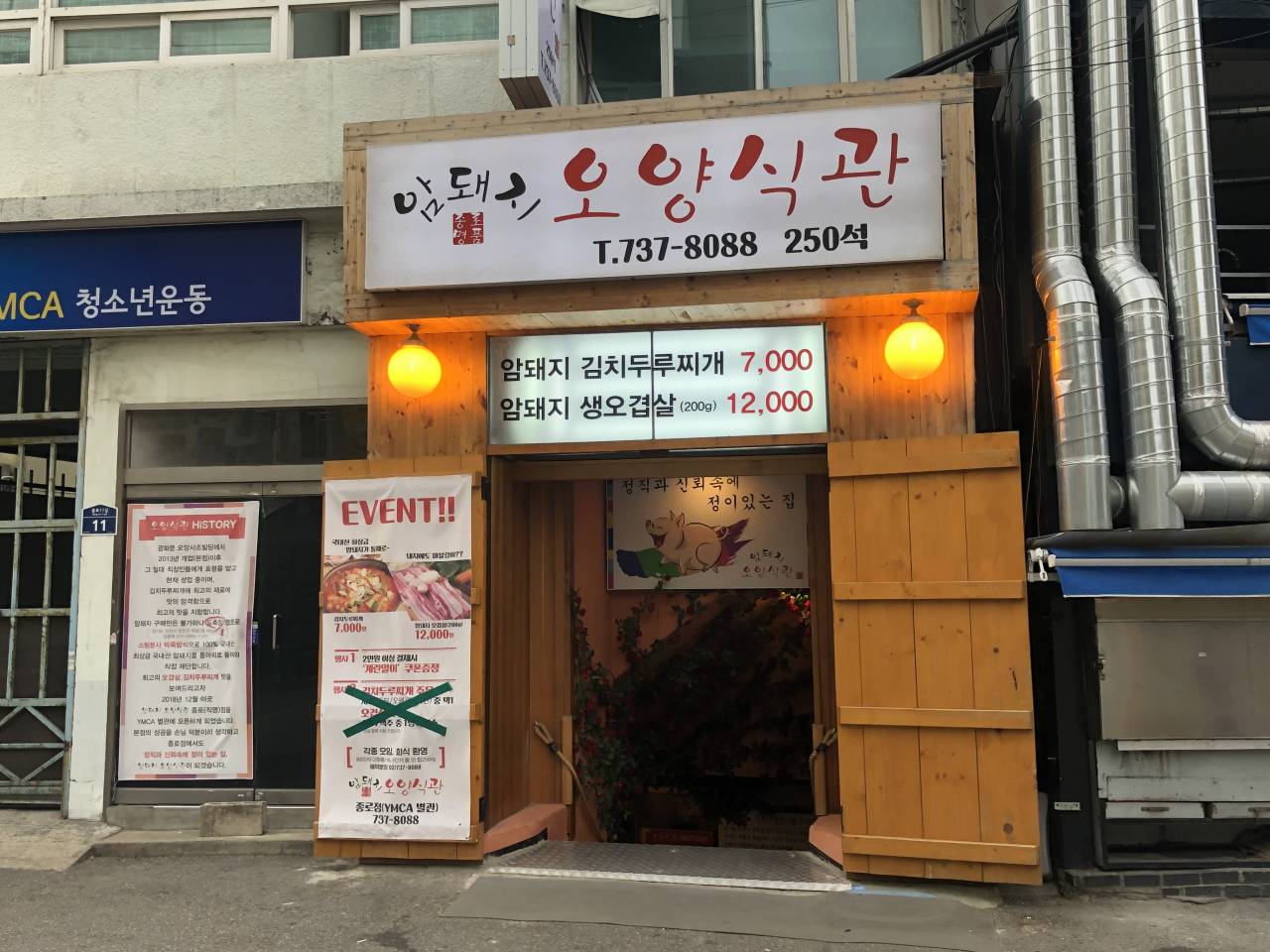
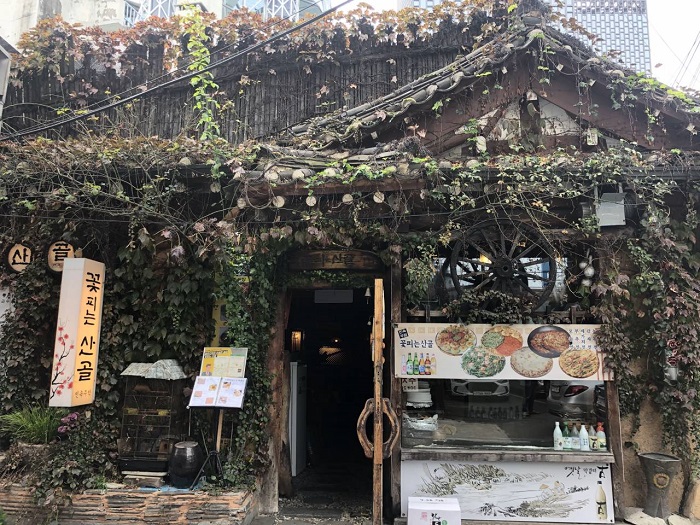
 Español
Español
 한국어
한국어 English
English 日本語
日本語 中文(简体)
中文(简体) Deutsch
Deutsch Français
Français Русский
Русский